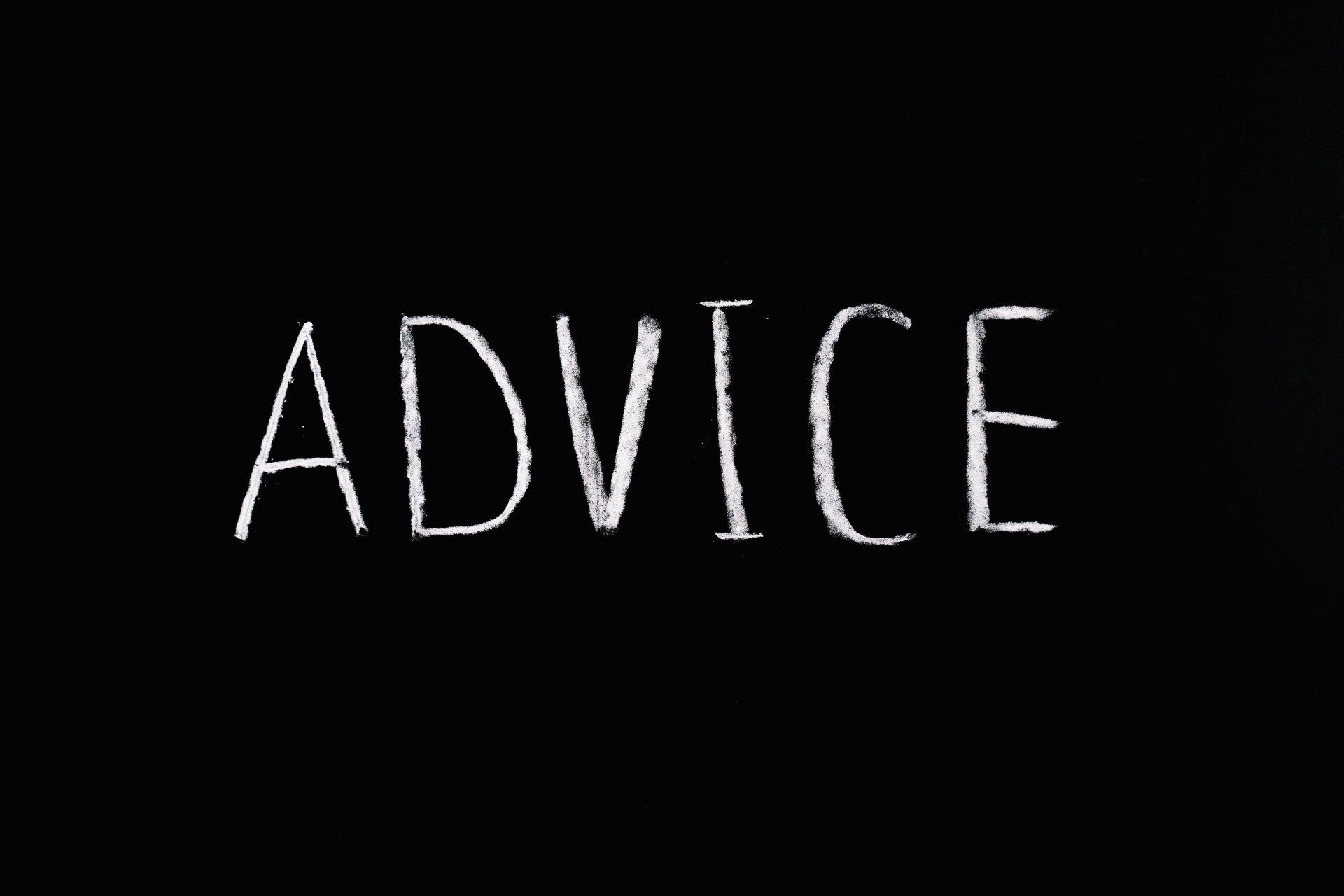Unravelling Job Titles in the UX Industry
Unravelling Job Titles in the UX Industry: Understanding Roles and Differentiations of terminologies

The field of User Experience (UX) encompasses a range of job titles that are forever evolving, each with its own distinct focus and responsibilities. Navigating through the various roles can be challenging, especially for those new to the industry, or even those who have been in it for a while! In this blog post, we will clarify the differences between common UX job titles, shedding light on the unique expertise and contributions of each role. By understanding these distinctions, you'll be better equipped to identify the right professionals for your UX team.
Please know; job titles in UX seem to change quickly with time. The roles and responsibilities can intertwine in some circumstances and depending who you talk to, you can get a completely different explanation. This list is to outline some of the main responsibilities, and to help you differentiate between the many job titles you might find within a UX team.
User Experience Designer (UX Designer):
A User Experience Designer focuses on the overall experience of users when interacting with a product or service. They research user needs, design intuitive user flows, create wireframes and prototypes, conduct usability tests, and collaborate with cross-functional teams to ensure a seamless and enjoyable user experience.
Interaction Designer:
An Interaction Designer specializes in designing the specific interactions and behaviours that users have with a digital product or interface. They focus on defining user pathways, designing interactive elements, and creating prototypes that guide users through the intended experience. Interaction Designers consider user goals, tasks, and context to create engaging and intuitive interactions.
User Interface Designer (UI Designer):
User Interface Designers are responsible for crafting the visual elements and aesthetics of a digital product or interface. They focus on designing the look and feel, selecting colour schemes, typography, and icons. UI Designers collaborate closely with UX Designers to ensure that the visual design supports the overall user experience goals.
User Researcher:
User Researchers play a critical role in understanding users and their needs. They conduct qualitative and quantitative research, such as interviews, surveys, and usability testing, to gather insights. User Researchers analyse data, identify patterns and trends, and provide actionable recommendations that inform the design process, ensuring user-centric solutions.
User Experience Strategist:
A User Experience Strategist takes a broader perspective, aligning UX efforts with business goals and user needs. They bridge the gap between UX and business strategy, conducting market research, defining user personas, and developing UX strategies that drive the success of products or services. UX Strategists ensure that the overall user experience aligns with the organization's objectives.
Service Designer:
Service Designers focus on designing holistic experiences that span across multiple touchpoints, channels, and interactions. They consider the end-to-end customer journey, identifying pain points and opportunities to enhance the overall service experience. Service Designers collaborate with stakeholders to shape processes, systems, and physical environments to deliver seamless and meaningful services.
Information Architect:
Information Architects focus on organising and structuring information within digital products or platforms to ensure optimal usability and findability. They develop information hierarchies, navigation systems, and content categorisation strategies that enhance user experience. Information Architects often collaborate closely with UX Designers and Content Strategists to create intuitive and effective information architectures that align with user needs and business objectives. Their expertise lies in creating logical and user-friendly structures that facilitate efficient information retrieval and navigation.
Web Designer:
Web Designers specialize in designing and developing visually appealing and functional websites. They focus on creating layouts, graphics, and content for websites, ensuring an intuitive user interface and seamless navigation. While web design is a subset of UX design, Web Designers primarily concentrate on the visual and technical aspects of websites.
The UX industry encompasses a range of job titles, each with its unique focus and contributions. Understanding the differences between "UX and Design Professionals" allows you to identify the specific expertise you need for your projects. By assembling a multidisciplinary team of UX professionals, you can deliver exceptional user experiences that meet both user needs and business goals.
At CIB Recruitment, we understand the nuances of these job titles and the importance of finding the right professionals for your team. Our consultants have extensive network and industry expertise, we can connect you with top-tier UX talent who possess the skills and experience aligned with your specific requirements. Contact us today to find the perfect UX professionals for your organisation.







